SEO from a decade ago focused on strategically placing relevant keywords across website content. Whether in blog posts or landing pages, our understanding of user intent is primarily focused on having these keywords where we assume search crawlers will see them. However, understanding user intent has recently been more complex than looking for keywords with the highest volume. Instead, search engines like Google prioritize content that directly addresses users’ needs and expectations instead of focusing on having a certain quantity of keywords.
One way Google does this is by adapting the BERT model to learn bi-directional representations of text to improve contextual understanding of text across many situations. This transformative trend means businesses and digital marketers must create content that genuinely answers questions, solves problems, offers value to users, and includes relevant keywords. To adapt to this trend, consider how user behavior has shifted:
- Users who use search engines have evolved significantly by shifting away from desktops.
- The rise of mobile devices has shifted the trend to utilizing voice searches more.
- Subsequent trends shifted to using conversational and context-aware queries.
Businesses must adapt their content generation strategies to accommodate these new search behaviors. Thus, we present how to ensure content is understandable, searchable, and accessible on all devices.
User Intent: A Deeper Look
Understanding user intent delves into psychological factors that drive search behavior, such as cognitive biases and emotional triggers:
- Cognitive bias leads users to seek information that reinforces their existing beliefs (for instance, looking further into information about something they already like).
- Emotional Factors: Fear, curiosity, and desire significantly influence search queries and engagements (large and well-staged hamburger photos, for instance).
How To Capitalize on User Intent: But with Caution
Creating content that resonates with these emotional factors can excite users, thus accelerating interaction and sharing content it’s why some social media posts go viral). However, businesses should strive to:
- Encourage open-mindedness through strategies like checklists and weighing the pros and cons instead of publishing content that can trigger excitement or reinforce cognitive bias. Being dependent on cognitive biases may harm the brand image.
- Prioritizing user experience to align user intent with fostering seamless and positive interactions.
- Analyzing user behavior and incorporating feedback.
What Are the Three Types of User Intent?

Informational:
The informational type of user intent means users are looking for knowledge or helpful information on a specific topic, such as “how to change a tire” or “Haaland hat tricks in the Premier League.”
Navigational:
Navigational type of user intent means they are looking for a specific website they want to reach directly. Navigational queries include: “Facebook marketplace” and “Manchester United Clubshop.”
Transactional:
Transactional user intent is what businesses are most interested in. Here, users are ready to make a purchase, sign up for a service, or complete a specific action. Examples are: “Buy iPhone 15,” “Cheap flights to Bali.”
How To Create Content Based on User Intent?
Now we go to the juicy part: creating content that leverages the understanding of user intent in 2024:
- To optimize content effectively for user intent, it is essential to prioritize keyword research that aligns with user needs.
- However, instead of focusing on high-volume keywords, identify intent-driven keywords that reflect the specific questions and problems users are trying to solve.
- Use tools like Answer the Public and Google Trends to uncover valuable keywords.
- Explore online forums, like Quora and other discussion boards, to gain insights into the language, tone, moods, terminology, and intent behind user conversations.
- Once you identify these long-tail, high-intent keywords, create content that directly addresses user needs and provides helpful information.
Now, Create Your Content!
Consider creating comprehensive pieces that cover multiple intent types within a single article.
An example is creating a blog post about the benefits of scalp massage that people would be looking for while considering this service. This blog post can address informational and transactional intents by providing detailed insights into scalp massage and including calls to action for booking a service.
Takeaways: User-Intent Is The Most Crucial Consideration in Content Creation Strategy
Understanding user intent is no longer a luxury. A proper understanding of user intent has become a necessity to be competitive in the digital landscape. Shifting your focus away from keyword stuffing and creating content that directly addresses user needs can significantly improve search engine rankings and make your site highly visible to high-quality leads. Remember, the key is to provide value and relevance to your audience!
Are you ready to take your digital marketing strategy to the next level?
WebPower USA has a team of digital marketing experts with decades of combined experience leveraging user intent. Our local SEO, content creation, GMB optimization, and digital marketing audits are crucial in driving tangible results for our clients.
Contact us today for a free consultation with a digital marketing expert.


